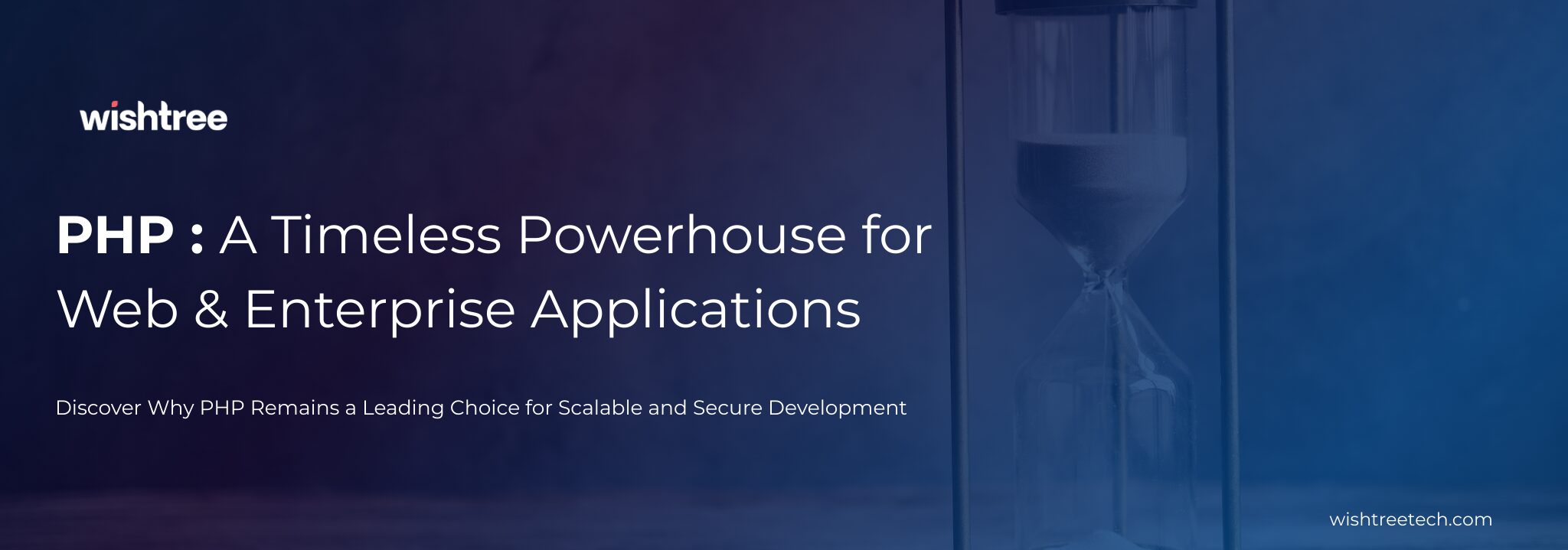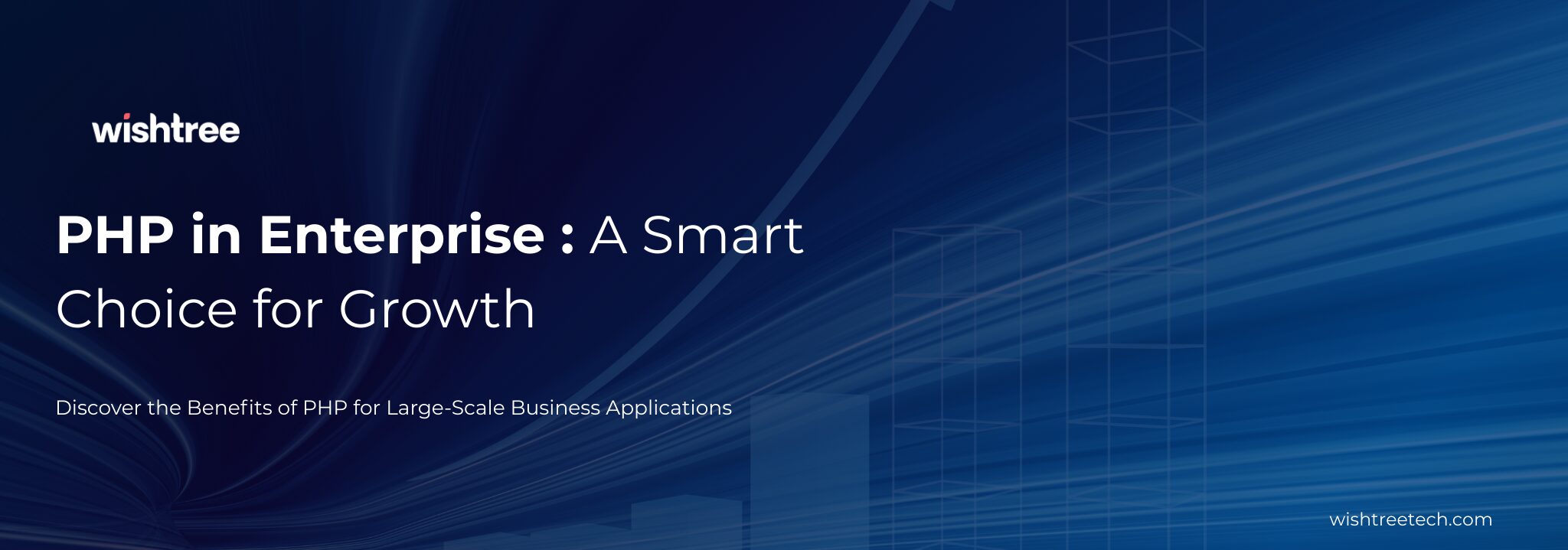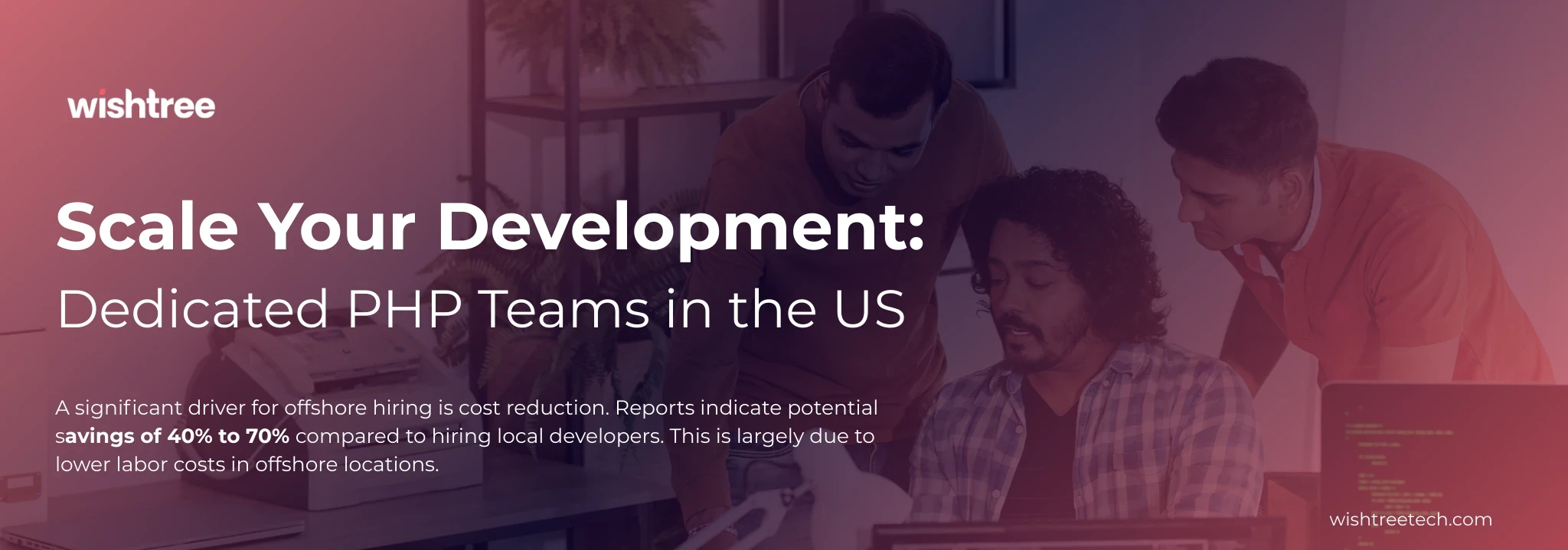Table of Contents
In today’s rapidly evolving digital landscape, the success of any product hinges on the strength of its engineering framework.
However, at Wishtree Technologies, we understand the critical importance of laying a solid foundation for product development. In this blog, we’ll delve into the essential components and strategies for building a solid product engineering framework.
Building a Robust Digital Product Engineering Framework: Fundamentals
Product engineering serves as a comprehensive framework pivotal for companies to extract maximum value from their products across their entire lifecycle. Now, with the advent of recent technological advancements like AI, automation, and no-code/low-code development, the significance of a strong product engineering approach has only heightened.
In fact, every year witnesses the launch of thousands of new software products by companies and entrepreneurs alike. Subsequently, some soar to unprecedented heights of success, while others falter due to flawed construction. This, then, highlights the need for engineering expertise. Misalignment of pricing with value, inadequate market appeal, or other shortcomings.
Even the most prominent companies have encountered setbacks with certain products over time. However, one effective strategy to enhance the prospects of creating enduring products that resonate with consumers is to invest in refining a product engineering mindset.
Key Components of a Product Engineering Framework
Evidently, a successful product engineering framework comprises several key components:
Clear Vision and Goals: First, define a clear vision for the product and establish measurable goals aligned with business objectives. As a result, this will provide a roadmap for development efforts and ensure everyone is working towards the same objectives.
Cross-Functional Teams: Foster collaboration between multidisciplinary teams. And this will include engineers, designers, product managers, and quality assurance professionals. Furthermore, cross-functional teams bring diverse perspectives and expertise to the table, driving innovation and problem-solving.
Agile Methodology: Adopt agile principles and practices to enable iterative development, quick feedback loops, and adaptability to changing requirements. Besides, agile methodologies promote transparency, flexibility, and continuous improvement throughout development.
User-Centric Design: Prioritize user experience and usability in product design and development. Additionally, conduct user research, gather feedback, and iterate based on user insights to create products that meet user needs and preferences.
Quality Assurance and Testing: Implement detailed quality assurance processes to ensure product reliability, performance, and security. Also, automated testing, continuous integration, and frequent regression testing. Consequently, these help maintain product quality throughout the development lifecycle.
Product Engineering Framework: Structuring Processes, Workflows, and Collaboration
Define Clear Workflows: Establish clear workflows and processes for project management, requirements gathering, design, development, testing, and deployment. Also, documenting workflows helps streamline communication and ensure that everyone understands their roles and responsibilities.
Embrace Collaboration Tools: Leverage collaboration tools and platforms to facilitate communication, document sharing, and project tracking. Slack, Jira, Confluence, and GitHub enhance team collaboration, productivity, and transparency.
Promote Open Communication: Foster a culture of open communication, feedback, and knowledge sharing within teams. At the same time, encourage regular stand-up meetings, retrospectives, and cross-functional collaboration to promote alignment and synergy.
Meet the highest product quality standards with Wishtree’s digital product engineering services. Because exceptional products only come with a streamlined product development process.
Building a Robust Digital Product Engineering Framework: Strategies
Embrace Agile Development Methodology
Agile development methodology has transformed the software industry by allowing for iterative and flexible development processes. Moreover, nowadays, decision-makers understand that adopting agile methodologies can expedite software delivery while ensuring adaptability to changing requirements.
This strategy underscores the importance of frequent communication, collaboration, and iterative development cycles, facilitating rapid iterations and quicker time-to-market.
Implement the Minimum Viable Product (MVP) Approach
The MVP approach has gained widespread traction among decision-makers looking to accelerate time-to-market. Secondly, by focusing on developing a minimal yet functional version of the product, you can swiftly gather user feedback and validate assumptions.
This strategy emphasizes prioritizing features, reducing development time, and rapidly launching an initial version to gain valuable insights and iterate based on user feedback.
Embrace Continuous Integration and Continuous Deployment (CI/CD)
CI/CD practices enable you to automate the build, testing, and deployment processes, resulting in shorter release cycles and faster time-to-market. Additionally, by continuously integrating code changes and automatically deploying them to production environments, you can ensure a smooth and efficient software delivery pipeline.
Foster a DevOps Culture and Collaboration
Business leaders recognize the importance of fostering a DevOps culture within their organizations to streamline software product engineering. In addition, by promoting collaboration between development and operations teams, you can eliminate silos, improve communication, and drive efficiency throughout the software development lifecycle.
Embrace Lean Product Development Principles
Lean product development principles can significantly accelerate time-to-market by eliminating waste and optimizing processes. On the other hand, business heads understand the importance of identifying and reducing non-value-added activities, streamlining workflows, and maintaining a focus on delivering value to customers.
Implement Robust Project Management Techniques
Effective project management is essential for ensuring timely software product delivery. Industry leaders recognize the significance of efficient resource allocation, task prioritization, and milestone tracking.
Leverage Automation and Tooling
Automation plays a crucial role in accelerating software development processes. By leveraging automation tools and frameworks, decision-makers can reduce manual effort, increase productivity, and eliminate potential bottlenecks. Moreover, this strategy explores various areas of software development that can be automated, such as code generation, testing, and deployment, while providing insights into popular automation tools and their benefits.
Prioritize User-Centric Design and Feedback Loop
Prioritizing user-centric design is absolutely essential to accelerate time-to-market. By continuously gathering user feedback and incorporating it into the development process, you can ensure that the software product meets user expectations and addresses their pain points. Additionally, this strategy emphasizes the importance of user research, prototyping, and iterative design cycles to create a seamless feedback loop that drives product improvements.
Harness Scalable Infrastructure and Cloud Computing
Companies worldwide acknowledge the advantages of leveraging scalable infrastructure and cloud computing technologies to improve their time to market. Also, cloud platforms allow you to quickly provision resources, scale infrastructure as needed, and optimize costs.
Implement Effective Quality Assurance and Testing
Sturdy quality assurance and testing processes are essential for ensuring the release of high-quality software products within shorter timeframes. This strategy emphasizes the importance of comprehensive test planning, test automation, and continuous monitoring to identify and rectify issues early in the development cycle. After all, implementing effective quality assurance practices that align with agile methodologies ensures faster time to market.
Actionable Tips for Startups and Scale-Ups
Start Small, Iterate Quickly: Begin with a minimum viable product (MVP) and iterate based on user feedback and market validation. Starting small allows startups to validate ideas, mitigate risks, and adapt to changing market dynamics.
Invest in Talent and Training: Invest in hiring top talent and providing ongoing training and professional development opportunities. Skilled teams are essential for building innovative products and driving business growth.
Prioritize Scalability and Flexibility: Design products and architectures that are scalable, flexible, and adaptable to future growth and evolving requirements. Scalability ensures products can handle increasing user demand and feature enhancements without compromising performance.
In Conclusion
Access to information and technology has democratized product engineering, empowering growth-oriented entrepreneurs. Nevertheless, small teams now outpace larger competitors in speed and innovation. Instagram’s acquisition with just 13 employees and Mojang’s success with 37 employees reflect this trend.
Meanwhile, established enterprises are reinventing themselves with digital products. Nokia transitioned from hardware to SaaS products, Amazon diversified into cloud computing, media, and entertainment, and Walmart expanded into retail media and financial services.
However, the ease of product development is matched by its challenges. Failure rates are high due to a lack of market fit and competition. With a looming recession, profitability outweighs growth, demanding quicker time-to-value intervals.
Product engineering revolves around iterative processes, transforming concepts into market-ready digital products. Then, product thinking, different from a product vision, is also crucial. Finally, it’s about understanding what makes a product useful and beloved, not just envisioning its value.
Wishtree, a product engineering services company with an unmatched reputation, Wishtree Technologies provides solutions to an array of clients, including Fortune 500 companies, Thoma Bravo, Vista Equity Partners, UN Agencies (WHO, UNDP, World Bank) Nonprofits, and Startups.
Contact us today for a free 2-week trial.





